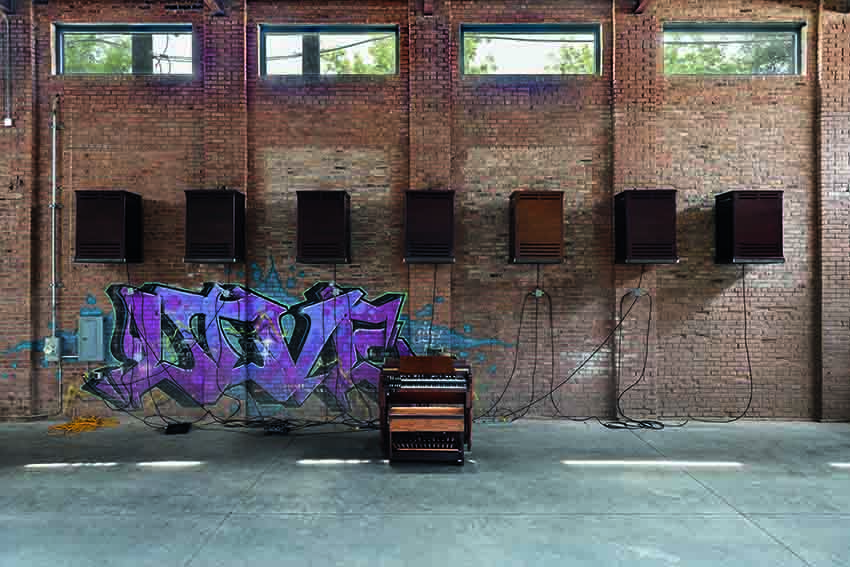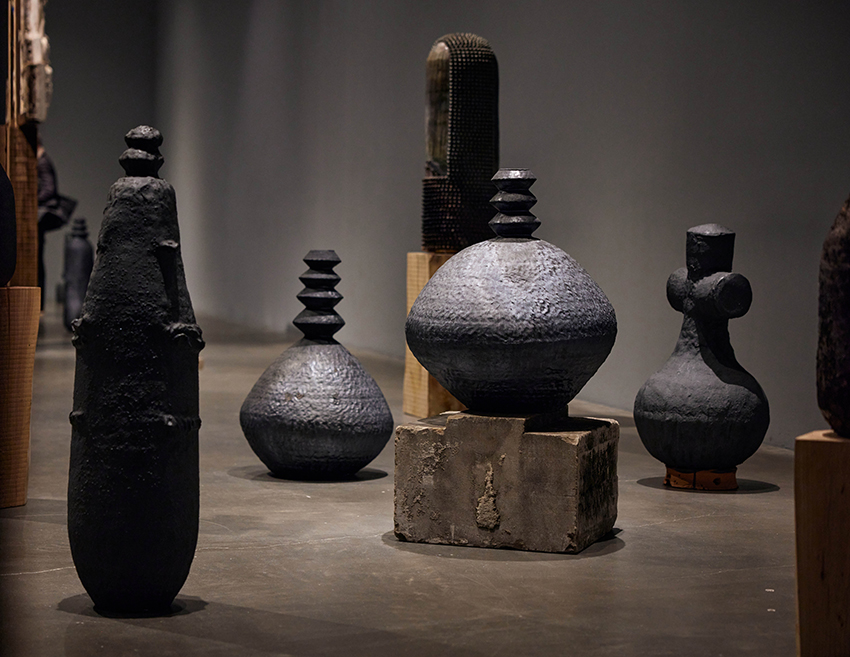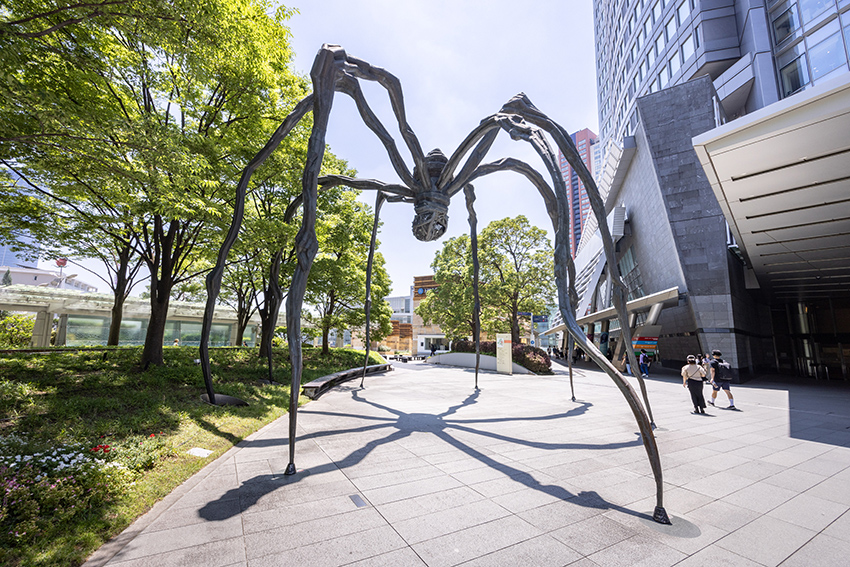Theaster Gates and Louise Bourgeois: Mori Art Museum Announces Exhibition Schedule for 2024
Left: Theaster Gates “The Listening House” 2022 Installation view: Aichi Triennale 2022 Photo: ToLoLo studio; Right: Louise Bourgeois “Maman” 1999/2002 Collection: Mori Building Co., Ltd., Tokyo
Mori Art Museum announced two large-scale exhibitions in the upcoming fiscal year: Theaster Gates from April 24 to September 1, 2024, and Louise Bourgeois from September 25, 2024 to January 19, 2025.

“Afro-Mingei” of Theaster Gates
Internationally renowned artist Theaster Gates works across various disciplines and media. Primarily focusing on sculpture and ceramics, he also explores architecture, music, performance, fashion, and design. The artist’s first exhibition in Japan will provide a comprehensive overview of his work and is expected to be the most extensive presentation in the region to date.
The exhibition will feature a variety of works from Gates’ past projects, including significant new works and those with a solid connection to Japan, such as his projects in Aichi Prefecture and his exploration of “Afro-Mingei,” a philosophy rooted in the cultural possibilities of fusing Japanese Mange folk art with movements centered on Black beauty and aesthetics.
Theaster Gates skillfully translates the intricacies of Blackness through clay, objecthood, space, and materiality. While Black culture and history remain relatively unknown to the Japanese public, this exhibition aims to convey the contemporary relevance of art celebrating craft, issues of race, politics, and cultural hybridity by providing a comprehensive overview of Gates’ practice.


The vital force of Louise Bourgeois
Louise Bourgeois (1911-2010) was born in Paris but relocated to New York in 1938, becoming one of the most influential artists of the 20th and 21st centuries. She is perhaps most widely known as the creator of Maman, the spider sculpture at the foot of the Roppongi Hills, where the Mori Art Museum is located. This will be the first major museum exhibition of Bourgeois in Japan in 27 years.

Over a career spanning seven decades, Bourgeois has expressed a range of emotional and psychological states through various materials, creating a diverse body of work that combines psychological intensity with a high degree of formal invention. This exhibition will feature works from all stages of the artist’s career, including paintings, prints, drawings, sculptures, installations, and writings.
One of the exhibition highlights is the selection of Louise Bourgeois’s paintings from 1938 to 1949, which will be on display for the first time in East Asia. This early body of work establishes the formal vocabulary and thematic concerns that Bourgeois would explore for several decades. Moreover, the exhibition introduces works from her representative “spider” series and explores the themes of maternal love, healing, and memory conveyed in Roppongi Hills’ public artwork, Maman.
Bourgeois once said, “Art is a guarantee of sanity,” her art is a testament to her will to survive. Her works’ survival strength is a vital reference for life in a post-pandemic era or in a tense political climate where we must confront many issues.



